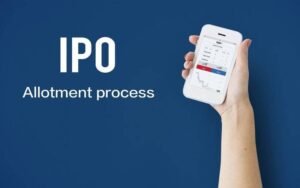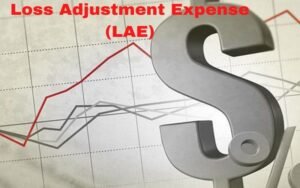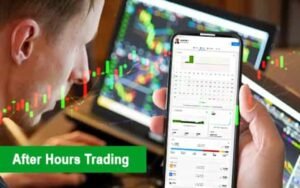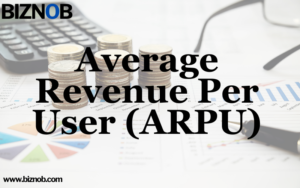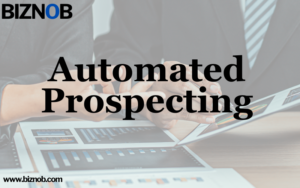In business, the average deal size affects how much it’s worth. A company that does hundreds of small deals each year could be worth the same as one that only does a few big deals each year.
In revenue intelligence, the size of a deal is a big part of figuring out how profitable it is. Knowing the average size of a deal can be a crucial way to measure how well the sales and management teams are doing.
What is the average size of a deal?
A key performance indicator (KPI) is the average deal size, which shows how much money sales bring in. Businesses find it useful because it gives them a big-picture view of how their goods and services are doing in terms of sales volume, costs, and income growth.
Companies can find trends in their customer base, find out how much money customers are ready to spend on their products and compare performance from one year to the next by keeping track of the average deal size.
It also helps set goals for income, guess how much money will be made, and decide where to put resources.
In short, knowing the average size of a deal helps businesses make better decisions about their budgets and how to grow.
Like words
- ADS: This stands for “average deal size.”
- Average Deal Value: This is a complete picture of a business’s sales success, including the number of deals, the size, and the average sale price.
- Average Contract Value (ACV): a way to compare how much different contracts are worth. Aside from the size of the deal, it also looks at things like usage and length of time.
- B2B Deal Size: Deal size in business-to-business (B2B) transactions is the sum of everything bought and sold in a single transaction.
Why it’s Important to Find Out the Average Deal Size
One of the most critical sales success metrics is average deal size. This is because it helps businesses see how they’re doing now and plan for growth in the future.
Companies can find out what goods sell well, which customers bring in the most money, and how much they make per sale by looking at the average deal size.
Thoughts on Efforts to Generate Pipelines
The most important thing to do with average deal size is to see how well your marketing and sales efforts work.
By watching this over time, firms can learn more about which tactics work and which don’t. Average deal size can help businesses determine which strategies should be prioritized to improve how they bring in new sales.
When looking at each seller individually, sales management can contrast the average deal size of each seller with the team’s general performance to find places where improvements can be made.
Guess the cash flow.
Forecasting revenue is integral to making budgets and keeping track of cash flow. It’s how companies plan for investments, growth, and increases.
Averaging the sizes of deals and looking at past sales can help businesses know what to expect from the current quarter and plan for the next ones.
Creating and keeping track of future KPIs
To develop measurable sales KPIs, businesses need to set standards based on data.
Average deal size tells stakeholders and sales managers how many deals need to be finished, what size they should be, and how much money they can expect to make.
How to Find the Average Deal Size
Getting the average deal size is easy:
Average Deal Size = Total Value of Closed Won Opportunities / Number of Total Closed Deals
For example, if a company has closed ten deals, five of which were $5,000 each, and the other five were $10,000 each, their average deal size would be ($50,000 + $100,000) / 10 = $7,500.
How to Make Deals Bigger on Average
One way to boost sales and income is to increase the average deal size. Businesses can raise the average deal size in several ways.
Focus on selling value instead of traits.
Companies often sell software, services, or goods that aren’t worth as much as they could be because they focus on the features instead of the value they bring to customers.
Instead of focusing on features, you should talk about how these will help the customer meet their goals, such as making more money, being more convenient, or being more efficient.
Downsell and cross-sell
Cross-selling means selling customers other goods or services that align with what they already have. During sales talks, some sellers try to get customers to buy a more expensive product. This is called upselling.
Businesses can get bigger deals by making the things customers can buy more valuable and expensive. But you must ensure that you only do this when the purchase has real value.
Put your skills and goods together.
Bundling is selling groups of goods or services at a price. Businesses that sell many products that go well together like to do this.
One of the best ways to make money is to bundle products together. This is especially true in the software-as-a-service (SaaS) space, where companies offer different products for different types of users.
Set up a way for discounts to be approved.
Discounting items for sale is a common way to get people to buy, but it can significantly affect the average size.
When SaaS companies offer discounts on their goods, one study found that their customer lifetime value (LTV) drops by about 30%. Setting rules for when discounts are allowed can help raise the average over time, even though price is often what makes or breaks a deal.
Choose yearly agreements over monthly ones.
A monthly contract generally means more recurring revenue (MRR), but there is a risk because the customer can quit the service at any time.
Try to get annual contracts when you can because they come with bigger deals and a more significant down payment.
Technology that will make deals bigger on average
There are many tools that businesses can use to raise significant sales numbers, such as the average deal size.
Automation in Marketing
With marketing automation tools, businesses can set up campaigns to automatically reach the right people at the right time.
Based on information about the customer, these tools can be used to send emails, calls, and other messages that are more relevant and push more expensive goods or services.
Software for Buyer Intent
People who want to buy something study and compare different products.
With buyer intent software, sales teams can learn more about the buying process and find approved leads who are likely to buy. This speeds up the sales process and makes it easier to close bigger deals more quickly.
CRM
With CRM software, you can keep track of customers as they move through the sales process. Even though this doesn’t directly lead to bigger deals, integrating with marketing automation software can help salespeople make better campaigns and focus on value-added selling and personalization, leading to bigger deals more often.
CPQ
CPQ software can help companies that want to close more deals by shortening the sales cycle, making customers happier, and giving more accurate price estimates, among other things.
CPQ software helps sales teams close bigger deals faster by automating setting up, pricing, and selling.






































